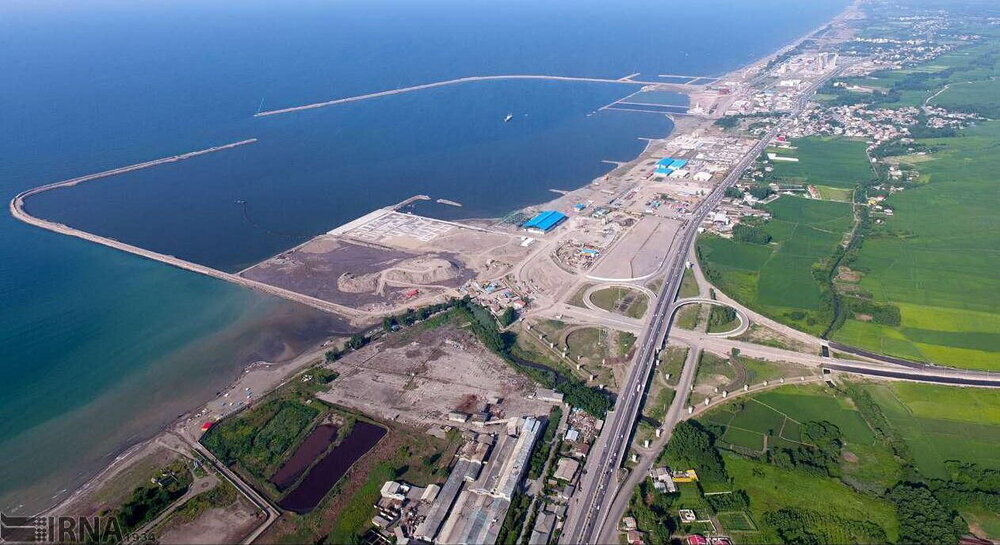Establishing 8 new FTZs across Iran on agenda

TEHRAN - Secretary of Iranian Free Zones High Council Morteza Bank said on Saturday that eight new free trade zones (FTZ) are going to be established across the country, ILNA reported.
“Currently, in addition to the current eight free zones, the creation of eight new zones is on the agenda, and we can certainly benefit from the capacities of the [Transport Ministry’s] Research Center in this regard.”
Bank made the remarks in a gathering of the heads of the country’s FTZs with experts from the Transport and Urban Development Ministry’s Research Center in Tehran.
Speaking in the meeting, the official underlined the significant role that the Transport Ministry’s Research Center can play in development of the country’s free and special zones and said the studies conducted by the center provides the ground for future cooperation.
“We can have a productive cooperation for development of standards and regulations, as well as the issuance of technical certificates,” he said.
Bank mentioned energy, and safety measures against disasters like fire and earthquake as other areas of cooperation with the research center and said: "We are facing shortcomings in construction, energy and disaster management fields, and we hope that the results of the studies by the center would help us in this areas.”
Establishment of free trade zones in Iran dates back to the Iranian calendar year 1368 (March 1989- March 1990) following the fall in the country’s oil income in the preceding year which prompted the government to promote the non-oil exports.
The first two free trade zones of Iran were established in the south of the country. The first one was Kish Free Trade Zone established in 1368 on Kish Island in the Persian Gulf and the second one was Qeshm Free Trade Zone established the year after on Qeshm Island in the Strait of Hormuz.
In recent years, considering the important role that free and special zones play in promoting the country’s export and employment, Iran has been seriously pursuing development of its existing FTZs and establishment of new zones as well.
More development measures in this field have been taking since the U.S. re-imposition of sanctions on the Iranian economy in November 2018, as Iran is reducing its dependence on the oil income while elevating its domestic production and non-oil exports.
EF/MA
